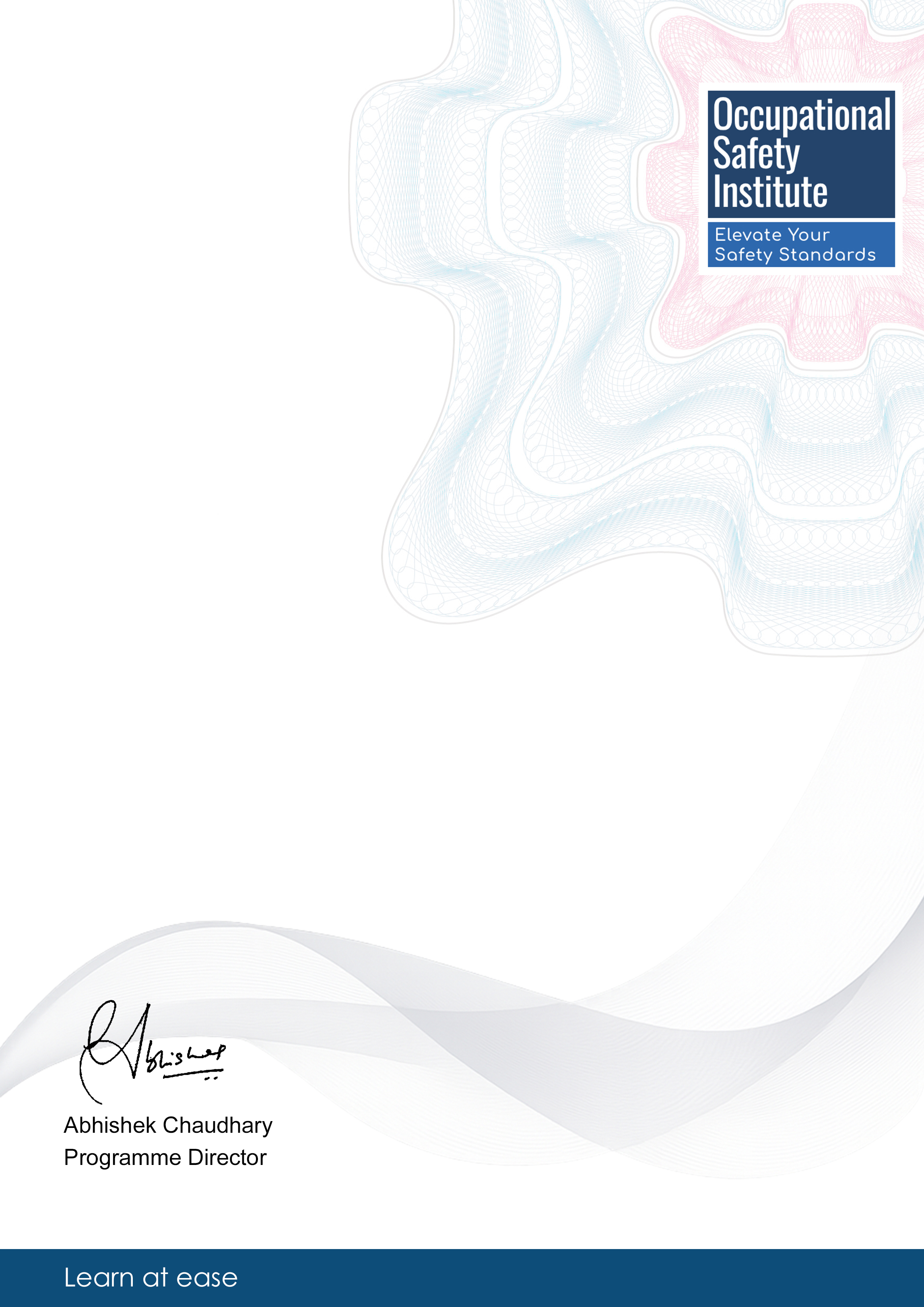Module 1: Introduction to 3D Rendering
Explore the fundamentals of 3D rendering and its applications in safety design. Learn about lighting, textures, and materials.
This professional course on 3D Rendering Techniques enhances visualization skills for architects, designers, and safety professionals. Gain hands-on experience and improve your safety design capabilities for increased career opportunities.
4.6/5
|154 reviews
|753 students enrolled
Comprehensive, industry-recognized certification that enhances your professional credentials
Self-paced online learning with 24/7 access to course materials for maximum flexibility
Practical knowledge and skills that can be immediately applied in your workplace
Explore the fundamentals of 3D rendering and its applications in safety design. Learn about lighting, textures, and materials.
Dive deeper into advanced 3D modeling techniques for safety design projects. Focus on creating realistic 3D models.
Understand safety design principles and how to integrate them into 3D rendering projects. Focus on risk assessment and mitigation.
This technical module covers the principles of ergonomic workplace design. You'll learn to analyze workstations, tools, and equipment to optimize them for human use, reducing strain and improving efficiency.
Well-designed workspaces can increase productivity by up to 25% while simultaneously reducing error rates and injury risks.
Learn how to effectively communicate safety design concepts through visualization. Enhance presentation skills.
This programme includes comprehensive study materials designed to support your learning journey and offers maximum flexibility, allowing you to study at your own pace and at a time that suits you best.
You will have access to online podcasts with expert audio commentary.
In addition, you'll benefit from student support via automatic live chat.
Assessments for the programme are conducted online through multiple-choice questions that are carefully designed to evaluate your understanding of the course content.
These assessments are time-bound, encouraging learners to think critically and manage their time effectively while demonstrating their knowledge in a structured and efficient manner.
The field of safety design and architecture offers a wide range of career prospects with growing demand. Professionals can work in construction, architecture firms, engineering companies, and safety consulting.
Career progression in safety design includes roles such as safety design specialist, senior architect, safety consultant, and project manager. Continuous professional development is essential for staying updated with industry trends.
Responsible for integrating safety principles into architectural designs to ensure compliance with regulations
Leads architectural projects with a focus on safety design and risk assessment
Professionals in safety design and architecture can benefit from networking opportunities at industry events, pursuing additional professional certifications, exploring further education paths in specialized areas, and gaining industry recognition for innovative safety design solutions.
Architectural Designer
"The course elevated my safety design projects by teaching advanced 3D rendering techniques that improved risk assessment accuracy."
Safety Engineer
"I enhanced my visualization skills significantly, allowing me to communicate safety principles effectively through realistic 3D models."
Interior Designer
"Implementing safety principles in 3D rendering was a game-changer for my career in architecture, opening up new opportunities in safety design."
Construction Manager
"The course enabled me to utilize industry-standard software to create detailed 3D models that enhanced my safety design capabilities."
Upon successful completion of this course, you will receive a certificate similar to the one shown below:

3D Rendering Techniques
is awarded to
Student Name
Awarded: January 2026
Blockchain ID: 111111111111-eeeeee-2ddddddd-00000
No specific prior qualifications are required. However, basic literacy and numeracy skills are essential for successful completion of the course.
The course is self-paced and flexible. Most learners complete it within 1 to 2 months by dedicating 4 to 6 hours per week.
This course is not accredited by a recognised awarding body and is not regulated by an official institution. It is designed for personal and professional development and is not intended to replace or serve as an equivalent to a formal degree or diploma.
This fully online programme includes comprehensive study materials and a range of support options to enhance your learning experience: - Online quizzes (multiple choice questions) - Audio podcasts (expert commentary) - Live student support via chat The course offers maximum flexibility, allowing you to study at your own pace, on your own schedule.
Yes, the course is delivered entirely online with 24/7 access to learning materials. You can study at your convenience from any device with an internet connection.
Viking Navigation Tools and Techniques
This course delves into Viking navigation tools and techniq…
Risk Assessment using Generative AI and Machine Learning Techniques
This course offers professionals advanced skills in risk as…
Fashion Show Analysis and Interpretation Techniques
This course offers comprehensive training on Fashion Show A…
Advanced Child Support Negotiation Techniques for Health and Safety Professionals
This course provides advanced negotiation techniques specif…
Disclaimer: This certificate is not intended to replace or serve as an equivalent to obtaining a formal degree or diploma. This programme is structured for professional enrichment and is offered independently of any formal accreditation framework.